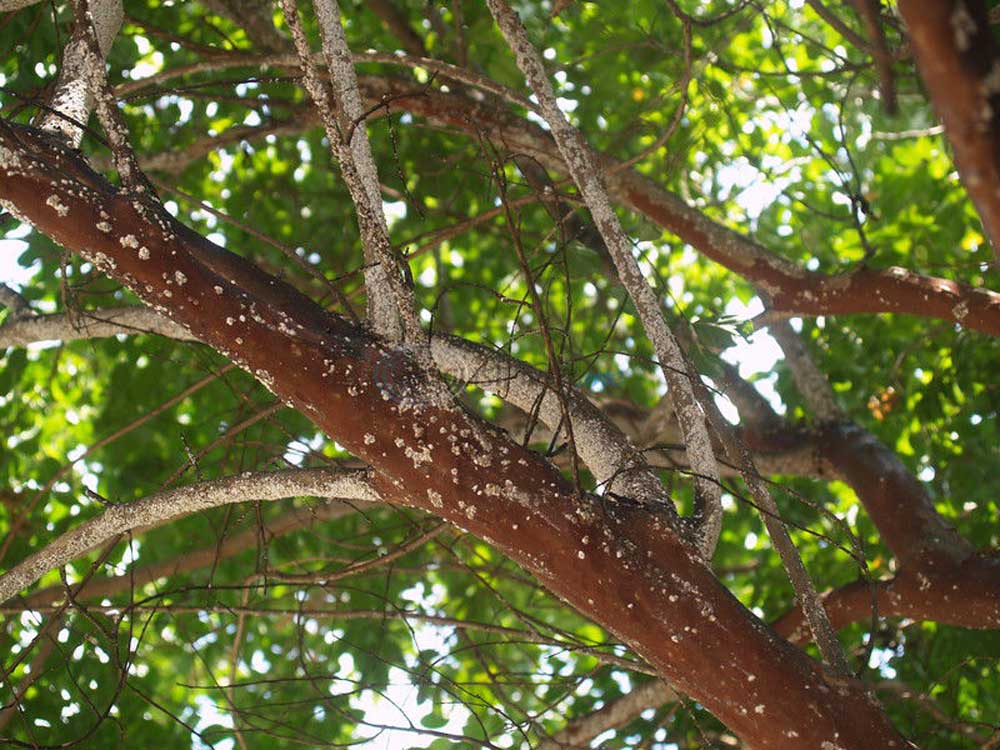Time to plant vegetable, flower seeds for transplants
Published 10:14 pm Wednesday, December 31, 2014

- Crape Myrtle Bark Scale
Let me join the chorus to wish you a happy new year, and a successful, bountiful and colorful gardening year. It may be cold and miserable sometimes, but January is a month for some important items for the landscape and garden.
Starting Transplants: If you want to grow your own transplants, start vegetable and flower seeds indoors right now for planting later this winter and early spring — broccoli, cabbage, cauliflower, collards, kale, lettuce, parsley, petunias and begonias. Later in January, start tomato, pepper and eggplant from seed for transplanting in March. Late January also is the time to start transplants of marigolds, periwinkles and many other summer flowers.
Trending
Use a commercial peat-light soil mix in a clean flat, and place in a warm, bright spot. Cover the tray with a clear piece of glass or plastic or plastic wrap until the seeds have sprouted. At that time, place the trays in a sunny window or close under bright fluorescent lights to keep the seedlings from stretching.
Planting: Plant asparagus roots, fruit and pecan trees, blueberries and blackberries as they become available at garden stores. Late January and in early February, you can set out transplants of other cold-hardy vegetables, including kale, collards, cabbage, onions, spinach and broccoli. Be ready to cover them in case of a really hard freeze. Give them a shot of water-soluble fertilizer at planting time, and then every couple of weeks until they get well established.
January and February are good months to dig and transplant established shrubs and small trees if they need to be moved to another location. Very old shrubs will be very difficult to move and you are probably much better off starting afresh with young, vigorous, healthy nursery stock.
Regularly fertilize pansies to keep them actively growing and blooming.
Pest Control: Late January and February is the best time to control scale insects, eggs and overwintering insects on fruit trees, camellias, euonymus, hollies and young shade trees. Scales are small, motionless insects protected by a waxy coating, and when present in large numbers on stems and branches of peach and other trees and shrubs they can cause damage. Dormant season (horticultural) oil spray is a very efficient and safe way to control scales by suffocating these insects. Thorough coverage of limbs and twigs with spray solution is important for complete control. Treat with horticultural oil when temperatures will not be below 40 degrees for 24 to 48 hours. Carefully follow all label instructions. Of course, do not spray if no insects are present.
Check your crape myrtles. Many have been infested with the new crape myrtle bark scale that has recently been found in the south. The most obvious sign of scale are blackened trunks due to sooty mold growing on the sugary excretions from the insects. These scales are white, and ooze bright pink when squashed. Dormant oil can be applied for partial control, but first brush off the encrusted scales with a soft brush and mild solution of dishwashing soap.
Trending
Pruning: If your shade trees need pruning, January is a good month to accomplish this task. Remove damaged, rubbing, crowded, dying or dead limbs. Do not leave stubs but rather remove limbs at their point of origin (at the crotch). Do not top your tree. Topping weakens trees, greatly shortening their life span, and ruins the natural beauty of the tree. Also, do not top crape myrtles. If they are too tall for their location, move them rather than prune them, and then get a variety that will only grow to the size and height needed.
This is also a good time to prune fruit trees. Peaches and plums need about one-quarter to one-third of their limbs removed. This keeps the harvest within reach, thins crowded branches, allowing more light to reach developing fruit and stimulates new growth that will bear the 2016 crop.
Birds of all kinds appreciate a constant source of seed, suet and water during the winter. You’ll enjoy all the activity in your yard while providing a valuable service for our feathered friends. Just remember that once you start feeding, you should keep it up through the winter.
Soil Testing: This is a good time of year to get your lawn and garden soil tested for its pH level. Soils that are too acid stunt plant growth and result in unproductive gardens. Liming lawns and gardens now allows time for lime to react and raise the soil pH before the growing season arrives. The lab tests are inexpensive and results are returned quickly. Testing information is available at all county A&M AgriLife Extension offices, and online at soiltesting.tamu.edu
Composting: If you have gathered leaves to compost, they will break down faster if you put a little effort into maintaining the pile. Ideally, compost piles should be turned at least once during the month. Check it for moisture level. It should be neither too wet nor too dry. Add water if it is dry; add more coarse, dry matter if it is too wet. If it is not heating up, and the materials have not broken down, it may be that the pile is too small, or there may not be enough green material to provide nitrogen to feed the decomposition process. Compost piles need to be at least 3 x 3 x 3 feet to generate good composting activity.
CONFERENCES
Mark your calendars for these conferences:
East Texas Garden Lecture Series begins Feb. 7 with a “Floral Smackdown.”
East Texas Turfgrass Conference at Texas A&M-Overton, Feb. 5.
East Texas Commercial Fruit & Vegetable Conference at the Nacogdoches Expo Center, Feb. 24.
Keith Hansen is Smith County horticulturist with the Texas A&M AgriLife Extension Service. His web page is http://EastTexasGardening.tamu.edu. His blog is http://agrilife.org/etg. Find him on Facebook at facebook.com/easttexasgardening.






